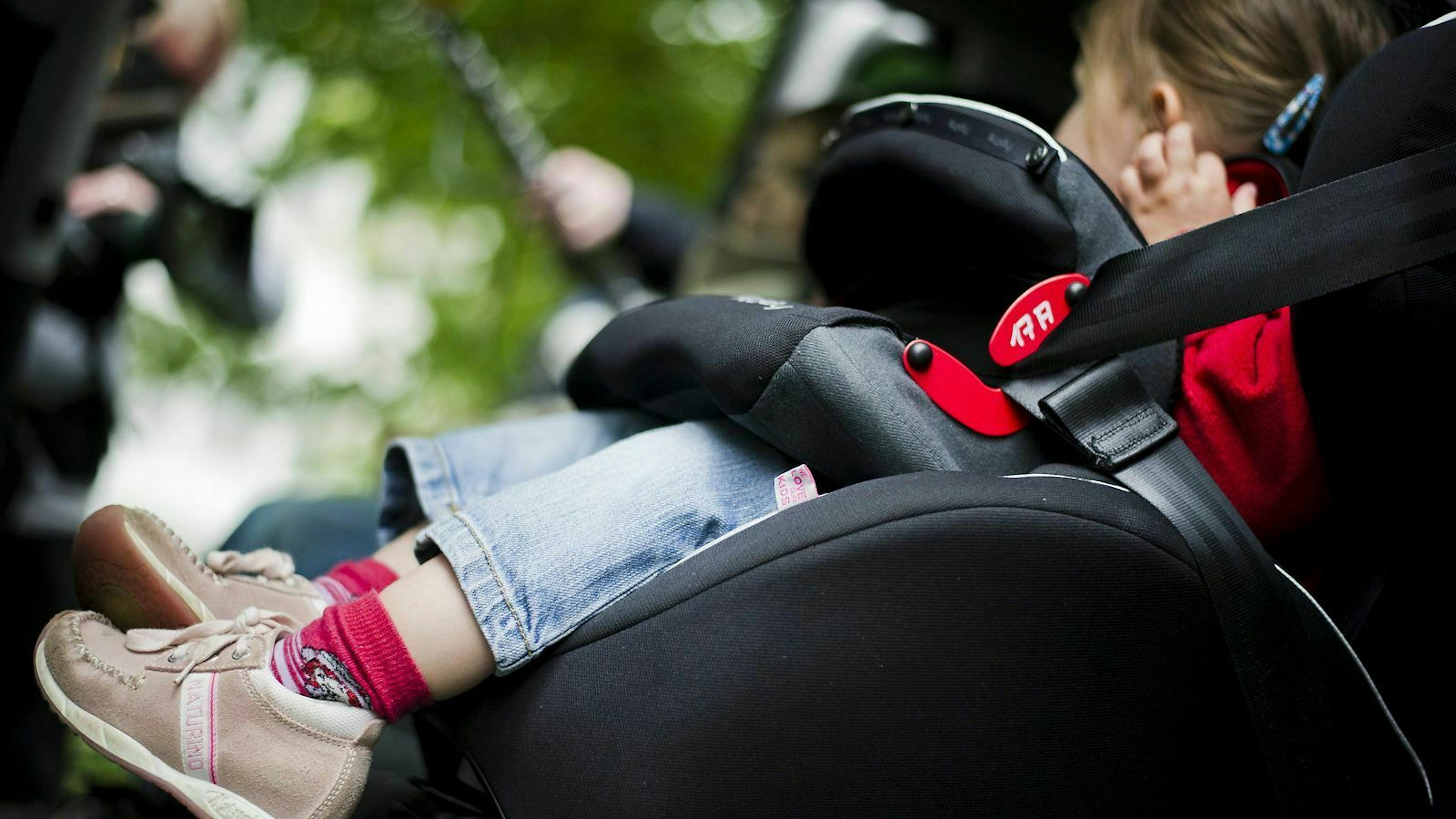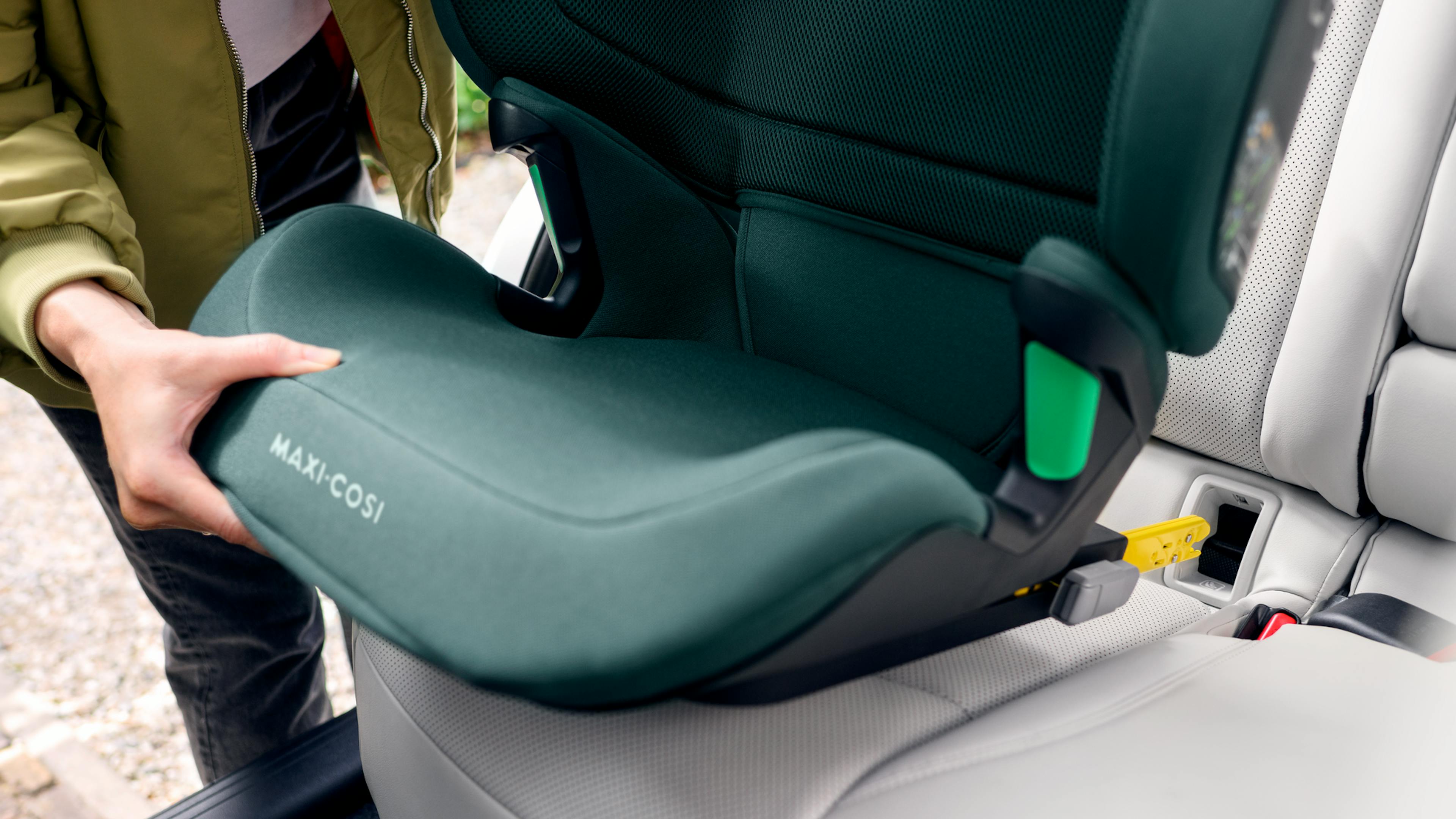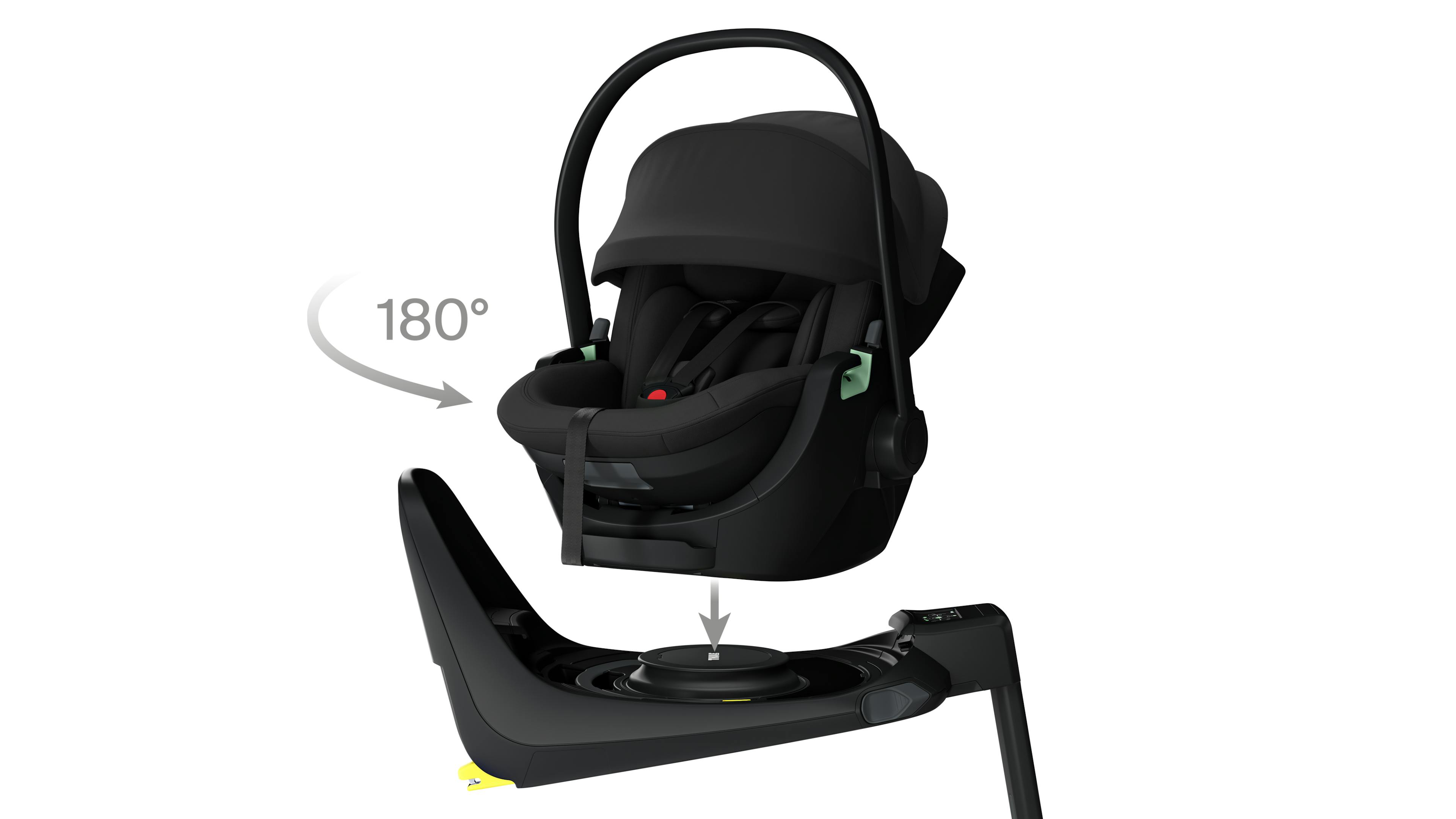Isofix child seats: advantages, installation and tips

For many parents, the first car ride with their newborn is a special moment - and a safe infant car seat is essential for this. Some hospitals even insist that parents are only allowed to take the baby with them in a suitable bowl. It is important that the shell fits in the car and is correctly installed - because a poorly or carelessly installed seat cannot protect the child sufficiently. The internationally standardised Isofix fastening system offers a number of advantages here: It simplifies installation and ensures that the seat is securely and firmly anchored – even without the car's seat belt.
The most important things at a glance
- Isofix seats are safer for your baby or children in the event of an accident.
- Almost all cars from 2012 onwards have the fastening system on board.
- The new UN ECE R129 standard increases the weight limit to over 36 kilograms.
- Under no circumstances should you use second-hand seats whose history you don't know.
What is Isofix - and how does it work?
The Isofix system is a particularly secure attachment of the child seat in the car. Special brackets – two for each child seat – are welded to the car for this purpose, usually on the two outer seats of the rear seat, and in some cars the passenger seat is also equipped with them. Since 2014, newly registered cars must have Isofix brackets, but you can also find the system in some older models. At Ford, for example, the special bracket had already been offered for individual vehicles since 1996, VW presented the system a year later.
The Isofix safety plus in the car is not cheap. Seats with the Isofix fastening system range between 350 and 700 euros: infant car seats tend to be at the lower end of the price scale, while larger toddler seats with a wide range of adjustment options for size adjustment can cost up to 700 euros. Seats from well-known brands such as Britax Römer, Concord, Cybex, Kiddy, Maxi-Cosi or Thule usually perform well to very well in the independent crash tests, for example by the ADAC. A lot of effort and money has been invested in its development, which justifies the high prices.

What are the advantages of Isofix?
A double-click without tools and the seat is secured: Statistics from the Federal Highway Office show that in 2021, although 87 percent of children in the vehicle were in a child seat, only 35 percent were actually properly secured. In many cases, the three-point belt is the cause, because especially with older seats, the seat belt sometimes has to be wrapped around parts of the seat or infant car seat in a very cumbersome way. As a result, it very often sits incorrectly or much too loosely. The protective effect of the seat cannot fully develop if it is incorrectly installed with the three-point belt.
Isofix can eliminate such problems. Just a double-click – and the seat, which is firmly attached to the body, is perfectly secured. Tools and expertise are not required. However, the biggest advantage of Isofix seats is that they are easy to install, which can reduce the risk of incorrect installation.
When used correctly, the seat now protects: In the event of a crash, the safety system can unfold its full protective effect from the very first moment – as soon as the soft crumple zone of the car absorbs energy. If, on the other hand, the seat is only loosely on the car seat, it will shoot forward in the event of an accident, as far as the flaccid belt allows. If the belt is used up, the seat and child are delayed in one fell swoop and the load is much higher for the little passenger.
Specialist stores offer a large selection: Fortunately, a lot has happened since 2021 technically and in the standardization of child safety. Child seats with Isofix are the rule rather than the exception in baby stores today. The number of correctly secured children in the car is therefore likely to have increased compared to 2021.
Isofix seats are easily recognizable. By the way, current seats are provided with a yellow or orange sticker that refers to the UN ECE R129 standard. Seats that have been certified according to the old ECE R44 standard may no longer be sold by specialist dealers since August 2024. No reason to dispose of these seats – if you have such a seat, you can still use it.
On many cars, the Isofix attachment points are recognizable at first glance, but not on all of them. Basically, you will find the Isofix brackets in the transition from the backrest to the seat. Here the two six-millimeter-thick steel brackets should be visible. Sometimes they are covered with plastic caps for protective purposes so that the temples do not get dirty and snap securely into place at all times.
Usually, the mounting points for Isofix mounts in the car are marked with the Isofix symbol or a notice, for example on the belt holder or on the seat. If you can't find anything, take a look at the vehicle's owner's manual.
Some manufacturers even go so far as to cover the temples with upholstery elements that must be removed before the seat is installed. It may also be advisable to attach additional plastic guides to the bars to ensure that the child seat outriggers (the parts that snap into the Isofix brackets) do not damage the upholstery of the car when installing and removing the seat.
The guides are part of the scope of delivery for almost all child seats, but can also be purchased separately from specialist retailers. A second pair of guides is helpful if an Isofix child seat is used in different cars.
How to attach child seats to the Isofix bracket

The installation of Isofix child seats is easy and safe. The following steps are required – but quickly done:
- Prepare the Isofix brackets: Depending on the car model, you may need insertion aids for this, for example. If you are using the system for the first time, remove the cover caps as well. If necessary, align the headrest correctly.
- Unlock the calipers of the child seat and pull them out: How to do this should be described in detail on the instructions included with the seat.
- Slide the pliers of the child seat into the Isofix holder and let them snap into place: In addition to the typical double-click, visual and/or acoustic displays provide feedback when the seat and vehicle are correctly connected.
- Finally, do a judder test: The seat should neither have play nor make clacking noises.
Many Isofix child seats have a third attachment point at the front, the so-called support leg. It is adjustable in length and is intended to prevent the child seat from swivelling forward in the event of a collision. Problem: Some vans have storage compartments in the floor in front of the seat and not all lids of these storage compartments are stable enough. Solution: A suitably cut polystyrene block in the storage compartment under the lid ensures the necessary solidity even in the event of serious accidents.
If the Isofix child seat is not equipped with a support leg, it has a retaining strap at the top of the backrest, the so-called Top Tether. A hook is attached to the Top Tether, which is snapped into place and braced either on the back of the rear seat backrest or on the trunk floor. Just like the support leg, the Top Tether is also designed to prevent rotation of the Isofix child seat in the event of an accident.
Can I retrofit Isofix in my car?

It can't be that difficult to simply retrofit two brackets that fit Isofix systems, can it? In all clarity: yes! And it's a bad idea, even though there are different kits on the market. In its press release 33/2024 of 2 October 2024, the Federal Motor Transport Authority (KBA) warned against the installation of such retrofit bars again, justifying the warning with very dangerous behaviour of the bars during the crash test. Therefore, under no circumstances should you retrofit Isofix in the car itself!
Can I buy a used Isofix child seat?

Isofix seats are safe and easy to install. However, the system also has disadvantages, one of which is that it makes the seats heavier – no fun for those who often have to transport the child seats or infant carriers from A to B. Some manufacturers offer solutions for this by separating the seat from a base station that remains permanently in the vehicle. However, the system makes the seat even more expensive – you should plan 450 euros for such a seat with a base station.
Due to the high prices, the idea of looking for a used Isofix seat is obvious. However, we generally advise against this if you do not know anything about the seat history. The problem is that you can't tell from the seats if they have already been involved in an accident and have used up the protective potential. Laboratory tests show that even seats that have had a crash at 50 km/h look completely intact at first and second glance. In fact, however, they are junk.
Exception: If the used seat comes from a trusted circle of friends or relatives and is actually accident-free, it can be second-hand. Nevertheless, there will always be a residual risk. What you should definitely keep your hands off of: used Isofix seats on used exchanges on the Internet or at flea markets. After all, it's about the safety of your child.
Advantages and disadvantages of the Isofix fastening system
Per
-
Very good level of protection
-
Easy installation of the Isofix seat in the car
-
Universally suitable for all cars with Isofix attachment (from about year of construction 2000)
Double
- Price
- High weight